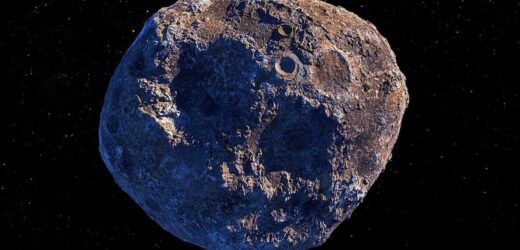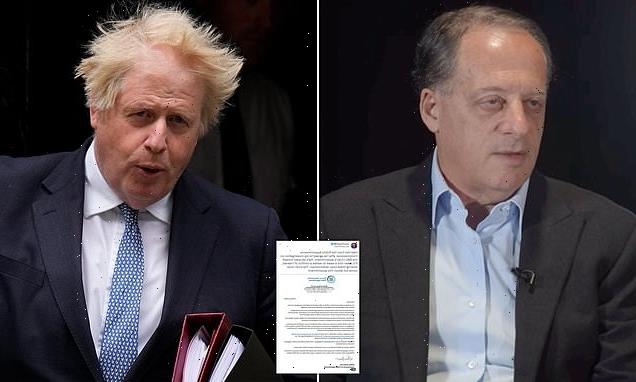Asteroids: Scientist reveals how frequently they hit earth
We use your sign-up to provide content in ways you’ve consented to and to improve our understanding of you. This may include adverts from us and 3rd parties based on our understanding. You can unsubscribe at any time. More info
A space ship is being sent to study an asteroid that could be worth 75,000 times more than the entire global economy. The rock, named 16 Psyche, is 140 miles wide, 230 million miles away and potentially has a core of iron, nickel and gold worth an astronomical $10,000quadrillion. The World Bank valued the world economy at $133trillion in 2019 – meaning it is 75,188 times less valuable than Psyche.
Nasa’s mission, led by Arizona State University, will take four years to reach the unique metal-rich asteroid that is orbiting between Mars and Jupiter.
After a year’s delay to complete vital tests, Nasa announced it is targeting an October launch on tycoon Elon Musk’s SpaceX Falcon Heavy rocket.
It will carry a probe that is 81ft long and 24ft wide, making it roughly the size of a tennis court with its solar panels extended.
The body of the spacecraft, which contains the instruments, is about as big as a golf cart.
The mission has echoes of Adam McKay’s hit film Don’t Look Up, starring Leonardo DiCaprio, Jennifer Lawrence, Meryl Streep and Jonah Hill.

In the 2021 Netflix blockbuster a billionaire discovers that a comet heading towards Earth contains trillions of dollars worth of rare-earth elements and sends a mission to recover them.
But unlike the film, which ends in disaster, 16 Psyche is not a threat to Earth.
Nasa says that what makes it unique is that it appears to be the exposed nickel-iron core of an early planet, one of the building blocks of our solar system.
It could be that it suffered demolition and the core is what is left.
The space agency said: “Deep within rocky, terrestrial planets – including Earth – scientists infer the presence of metallic cores, but these lie unreachably far below the planets’ rocky mantles and crusts.
“Because we cannot see or measure Earth’s core directly, Psyche offers a unique window into the violent history of collisions and accretion that created terrestrial planets.” Despite high initial valuations of metals in the asteroid, researchers also concede it may not be as metallic or dense as previously believed.
Mission leader Lindy Elkins-Tanton, of Arizona State University, said: “There are a lot of basic questions about Psyche that are unanswered. And with every detail that gets added from data we can collect from Earth, it just becomes harder to make a sensible story.
“We really don’t know what we’re going to see until we visit, and we’re going to be surprised.”
Nasa described 16 Psyche “as one of the most intriguing targets in the main asteroid belt”.
Its diameter is about one-16th that of the Earth’s moon or about the distance between and Birmingham.
Nasa’s spacecraft will spend 21 months orbiting Psyche, mapping and studying it using an array of hi-tech devices. The Arizona team hope to determine whether it is indeed the core of a planet.
It was discovered by Italian astronomer Annibale de Gasparis in 1852, who named it after the Greek goddess of the soul.
Source: Read Full Article


